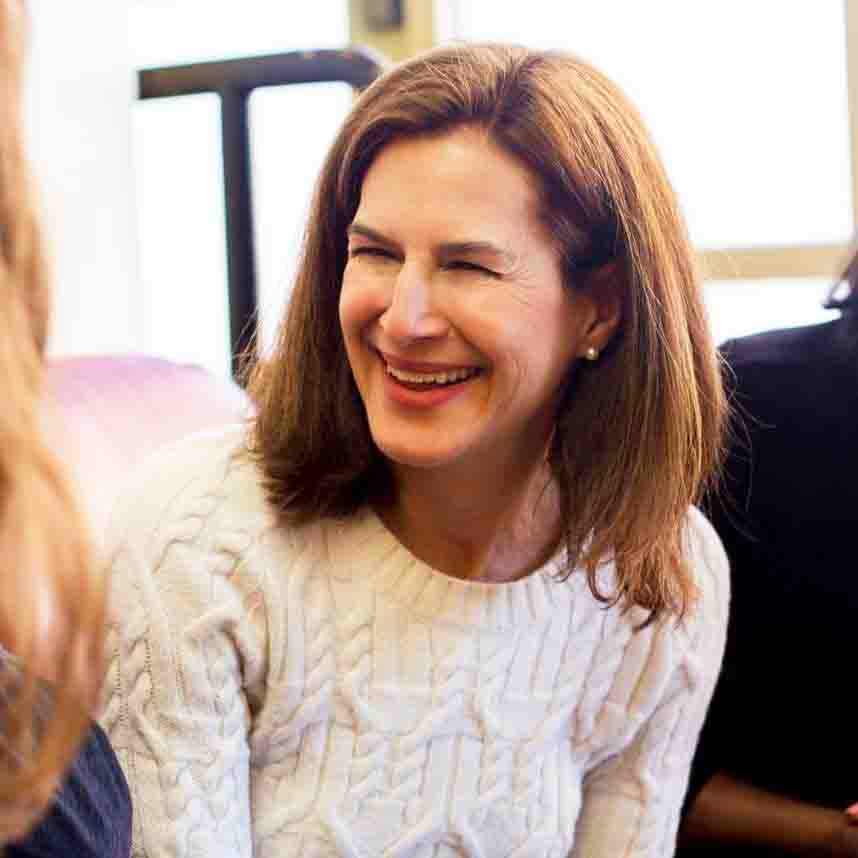
Susan Bysiewicz
Although the makeup of this year’s gubernatorial contest is by no means set in stone, the picture of the race is slowly becoming clearer.
Over 20 candidates who have announced exploratory bids remain in the race, but politicos seem to agree that as some candidates drop, a few stronger ones are starting to emerge, at least among Democrats. Both Democrats and Republicans are gearing up for the state party conventions in May, where party members will vote on endorsements and nominations for the upcoming primary.
“This is probably the most important gubernatorial contest we’ve had in so long, largely because of the multiple problems facing the state,” said Gary Rose, political professor at Sacred Heart University and a frequent Republican gubernatorial debate panelist.
On the Democratic side, the race is starting to tighten up. Hartford Mayor Luke Bronin ’01 LAW ’06, who opened an exploratory campaign in late January, announced last week that he would bow out of the race. Bronin said in a statement that he wants to focus on his job as mayor, which is his first elected office.
The loss of Bronin, who surprised many analysts by raising nearly $230,000 in less than four months, leaves a couple of strong candidates on the Democratic side: Greenwich businessman and former U.S. Senate candidate Edward “Ned” Lamont SOM ’80 and former Connecticut Secretary of State Susan Bysiewicz ’83.
Lamont has been endorsed by George Jepsen, the current attorney general of Connecticut, and a straw poll conducted by Connecticut’s AFL-CIO at their convention in early April signaled Lamont as the clear labor favorite, garnering nearly 50 percent of the vote. The second-highest vote getter was Democratic candidate Jonathan Harris, who garnered 14.7 percent.
Colin McEnroe ’76, a local radio host and political analyst, said he has Lamont and Bysiewicz running one and two on the Democratic side.
“Both have name recognition and sources of support for the convention,” said McEnroe, who is teaching a political journalism course at Yale this semester. “It’s hard to see how anyone else gets the numbers.”
And the numbers are tough. In order to qualify for the Aug. 14 primaries, candidates need to receive 15 percent of the delegate vote at their party’s respective convention. For many of the less well-known candidates, that high threshold spells doom, McEnroe said.
John Dankosky — the host of radio station WNPR’s weekly political roundtable “The Wheelhouse” — also thinks Lamont is on top. Since Lamont has both the ability to fund his own campaign and the experience with statewide races, Dankosky believes he has an outsized advantage over some of the other candidates.
Still, a few other candidates may have enough support to be nominated for the Democratic primary. Political columnist Chris Powell noted that Harris has experience serving as a mayor, state legislator and a head of a state department. Powell said Harris does not appear to be generating much interest, though Dankosky thinks he has many connections and friends in the state Democratic party.
A Tremont Public Advisors poll, which surveyed more than 1,000 Connecticut residents between April 4 and 6, followed McEnroe’s footsteps in placing Lamont and Bysiewicz ahead of the pack. Lamont received 6.6 percent of the vote, while Bysiewicz had 12.3 percent. But a Republican candidate, New Britain Mayor Erin Stewart, came out on top with 22.7 percent of the vote.
Although Stewart leads the Republican polls, Powell and Rose said they are not convinced she is a strong enough candidate to win the primary, leaving the Republican side of the race unclear.
“I don’t think she’s even a player in this thing right now,” Rose said.
He pointed to her lack of fundraising as one major concern. Stewart has raised around $105,000 since announcing her campaign in late January but has yet to generate enough money to qualify for the Republican gubernatorial debates or public campaign financing.
Stewart also announced on Tuesday that Greenwich First Selectman Peter Tesei would be her running mate. Powell noted that this is a move made this early only by candidates who are struggling to gain support.
“Team Stewart is a Republican ticket that is balanced and has the broadest appeal possible,” said Jodi Latina, senior advisor to the Stewart-Tesei campaign. “The state needs a team that is committed, who complements one another and will work tirelessly on behalf of the people of Connecticut.”
Still, Dankosky described Stewart, the only female GOP gubernatorial candidate still in the race, as personable and capable of working across the aisle.
“I’m glad she’s in the race given the overall lack of diversity and energy,” he said.
Few other Republican candidates seem to be taking charge. Dankosky said Danbury Mayor Mark Boughton stands out in terms of name recognition and the ability to raise money, but that there are still no clear favorites in the primary. Powell named Boughton, Shelton Mayor Mark Lauretti and former U.S. Comptroller General Dave Walker as the current frontrunners.
But ultimately, Rose said, the Republican race is still up in the air, with none of the candidates having distinguished themselves.
The Connecticut Democratic Convention will take place from May 18 to 19, and the Connecticut Republican Convention will be held on May 11 and 12.
Conor Johnson | conor.johnson@yale.edu







